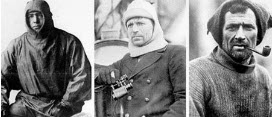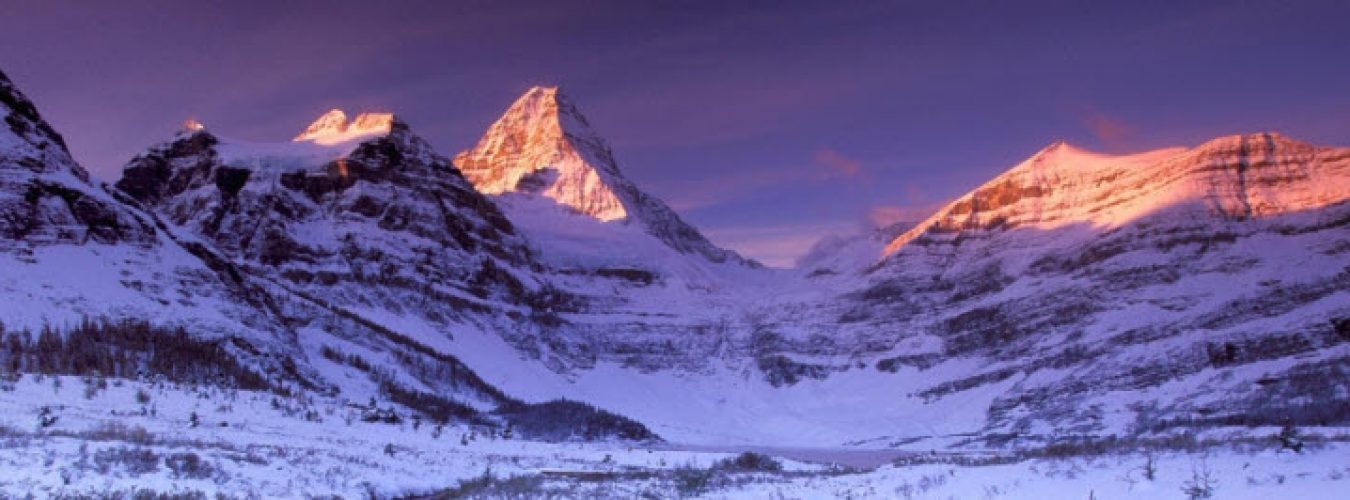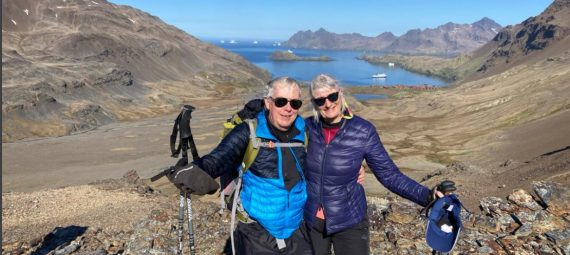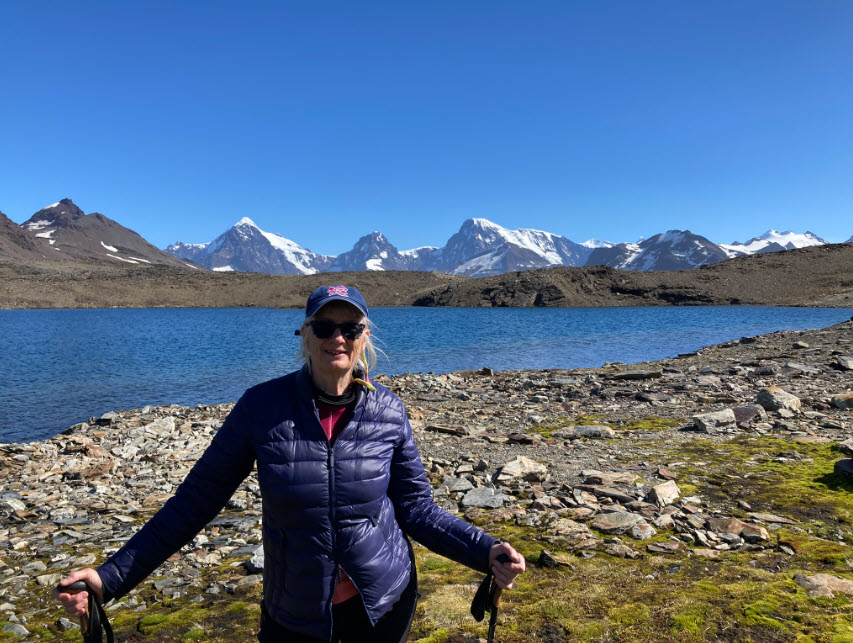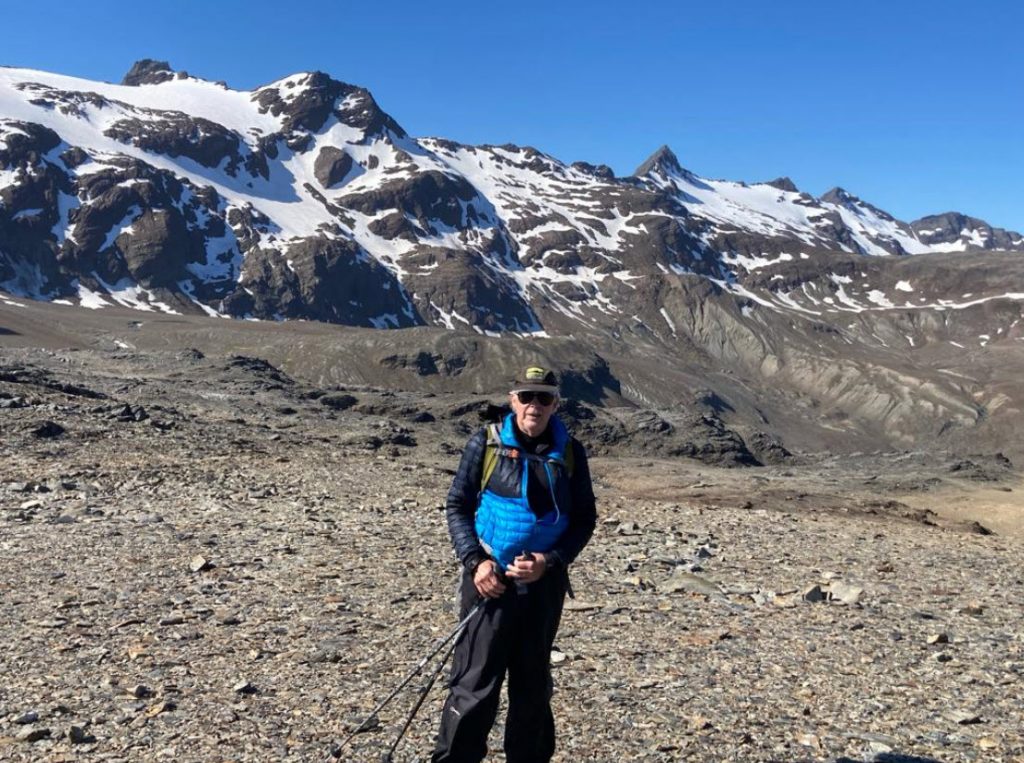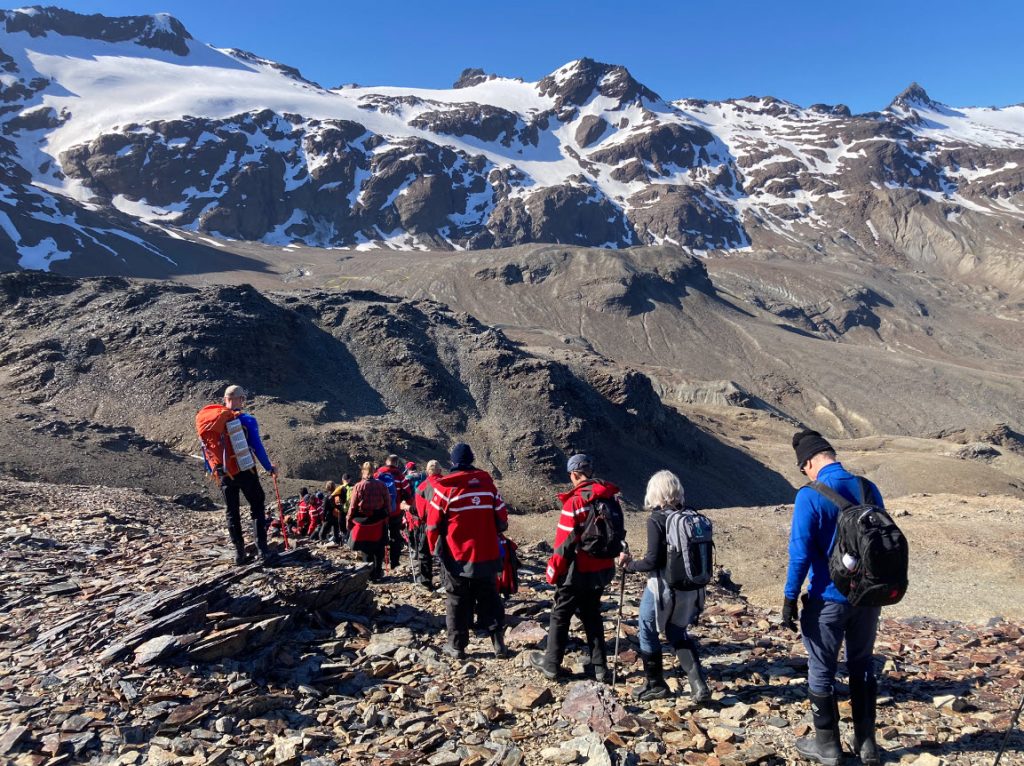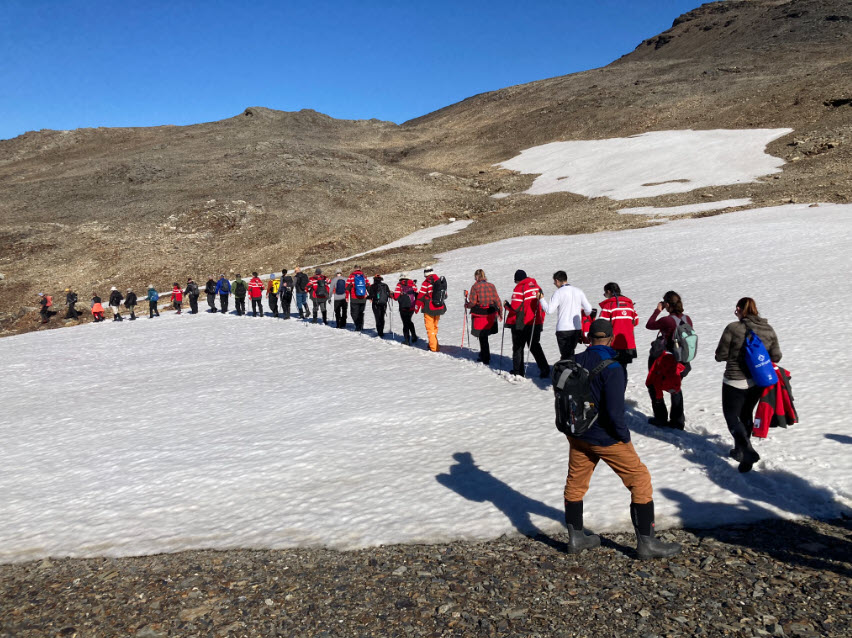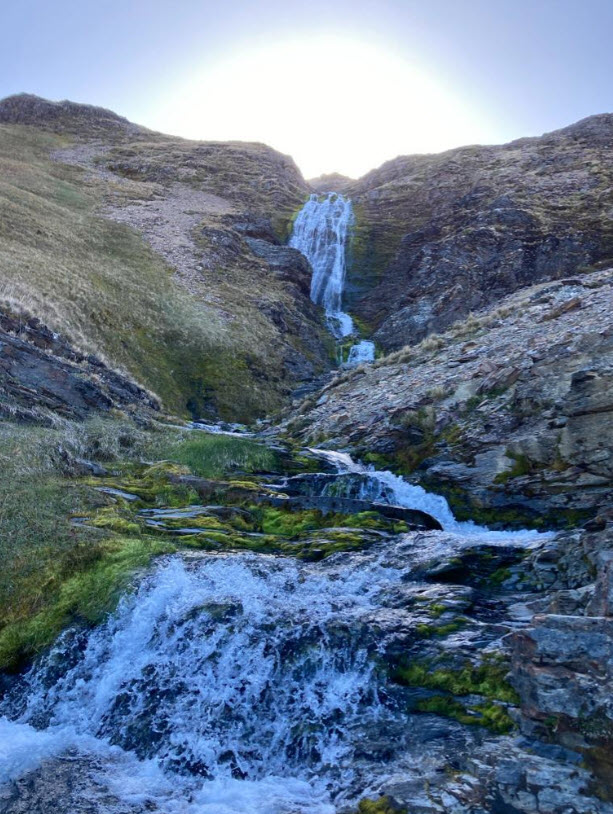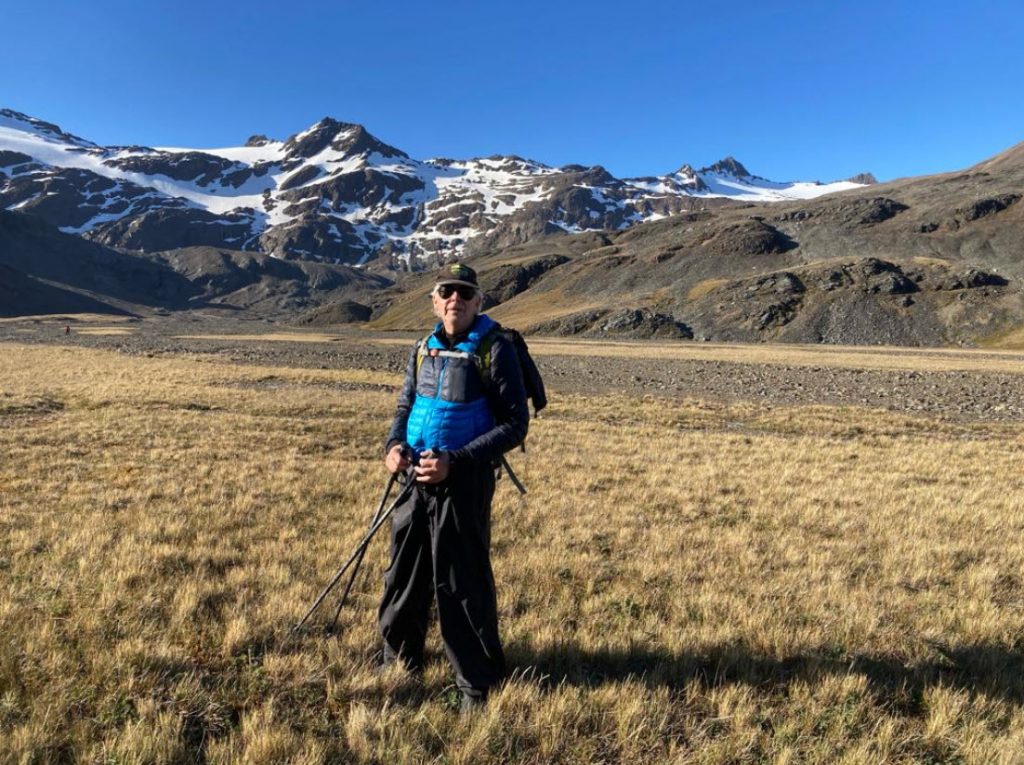6th January 2024
Fortuna Bay
Remaining on the Northern side of South Georgia, we had anchored in Fortuna Bay. It was to be a big day – starting early with a landing, with a big hike in the afternoon.
In order to manage nearly one hundred and forty passengers boarding the Zodiacs, which could take a maximum of twelve people, we were organised into four groups – named Adelie, Gentoo, Rockhoppers and Chinstraps . Boardings were rotated, so each group would be first to board the Zodiacs, then second, third, last and then first again.
This morning our group, Adelie, was first, so we had a rushed breakfast before donning our thermal layers, lined trousers, warm mid-layers, waterproof trousers, Muck boots, jackets and life vests. Gloves, neck warmers, warm hat, a spare layer, binoculars and mobile phones to take pictures with.
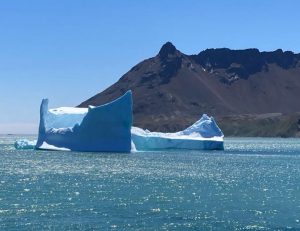
The weather was unbelievable. A clear, blue sky, low, fresh wind. Most expedition leaders said they were quite disorientated as they had only previously experienced cloud, wind and rain. We noticed later that large groups of penguins stood in water, presumably to cool themselves down.
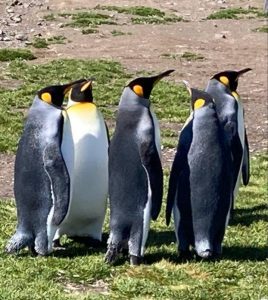
There was quite a swell when landing the Zodiacs, and the beach was swarming with life. Penguins standing at attention, pup fur seals squirming and wriggling, adults just laying around, keeping an eye on their young, and on us. There were hundreds of fur seals and penguins, then further along the beach, hundreds more, and then more again!
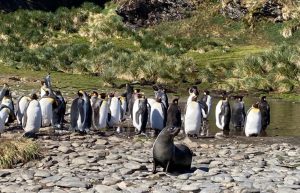
The noise was astonishing. The penguins emitted curiously comic kazoo-like sounds. Sometimes, whole groups called out together, which added to the comedy of these serious upright sentry figures. The seals brayed, calling out to their parents, young and friends. Some playing, some mock fighting, many just lying in the warming sun. Nearby, they sounded like growling dogs, with a bad throat. The accumulated cacophony was like wailing banshees.
The seals mostly ignored us, but some young ones were curious, hopping up towards us to investigate. We had to gently fend them off by pointing a walking stick towards them, which normally arrested them. Not always though, one pup proceeded to try to bite my stick!
More worryingly, one had to be careful with adult seals, including large elephant seals. Mostly they ignored us, but some could get aggressive. Lynne felt it was like walking through a field full of Rottweilers, something she wouldn’t entertain doing. First rule – never run away. They can outpace humans; we had certainly seen them move very fast from the safety of our Zodiacs. Stand facing them – reach arms high or point your stick towards them, make yourself big. This seemed to work – we survived!
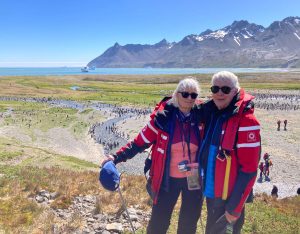
The Shackleton Hike
About sixty of us had signed up to hike from Whistle Cove in Fortuna Bay, across a mountain range, to rejoin the ship at Stromness Harbour, six kilometres of mountainous rock scree. The ascent was 300m, and boy, were we glad we were wearing our ship’s Muck boots. The razor sharp scree would have shredded our hiking shoes!
The hike followed the very last part of the desperate journey that Ernest Shackleton, Frank Worsley and Tom Crean took from King Haakon Bay, on the South of the island to salvation at the whaling station. Their journey was in May 1916, with winter rapidly approaching, and the weather was worsening every day. They walked for three days to get to Fortuna Bay, and then had to complete this last section before rescue. Surely, one of the greatest feats ever achieved by any men. We, on the other hand, were blessed with glorious weather.
Everybody was warned. Once we started our hike, there was no way back. The ship was repositioning itself! The tricky bit of the hike was the descent down to Shackleton Valley, leading to Stromness, the abandoned Norwegian whaling station. We started off by climbing a steep muddy bank before getting to a gentle flat climb, on harsh scree.
High up in the pass, we passed Lake Crean, where Tom Crean, not knowing they were walking on newly formed ice, fell through into the icy water. After some more climbing, uphill before the crest, we could see the sea and icebergs, in the far distance. It was at this point that Shackleton and his men heard the morning whistle from the Stromness station, awakening hope that they may be saved.
The three hundred metre descent was long and steep on slippery scree, rewarded with stupendous views over the approaching plain. We passed by the bottom of the tumultuous waterfall that Shackleton’s group made their way down.
It was encouraging to see that our ship had made it safely to Stromness – our salvation and dinner was safe!
